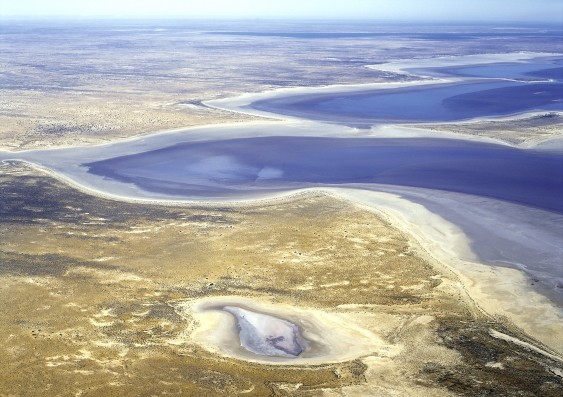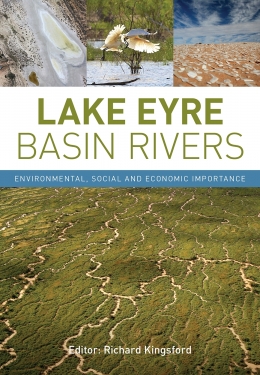New book weaves powerful tale about Lake Eyre Basin’s rich tapestry of life
Water is scarce in the Lake Eyre Basin in the heart of Australia. A new book tells the stories of those who love and rely on the Basin's free-flowing rivers and explains why we must protect this vulnerable river system.


